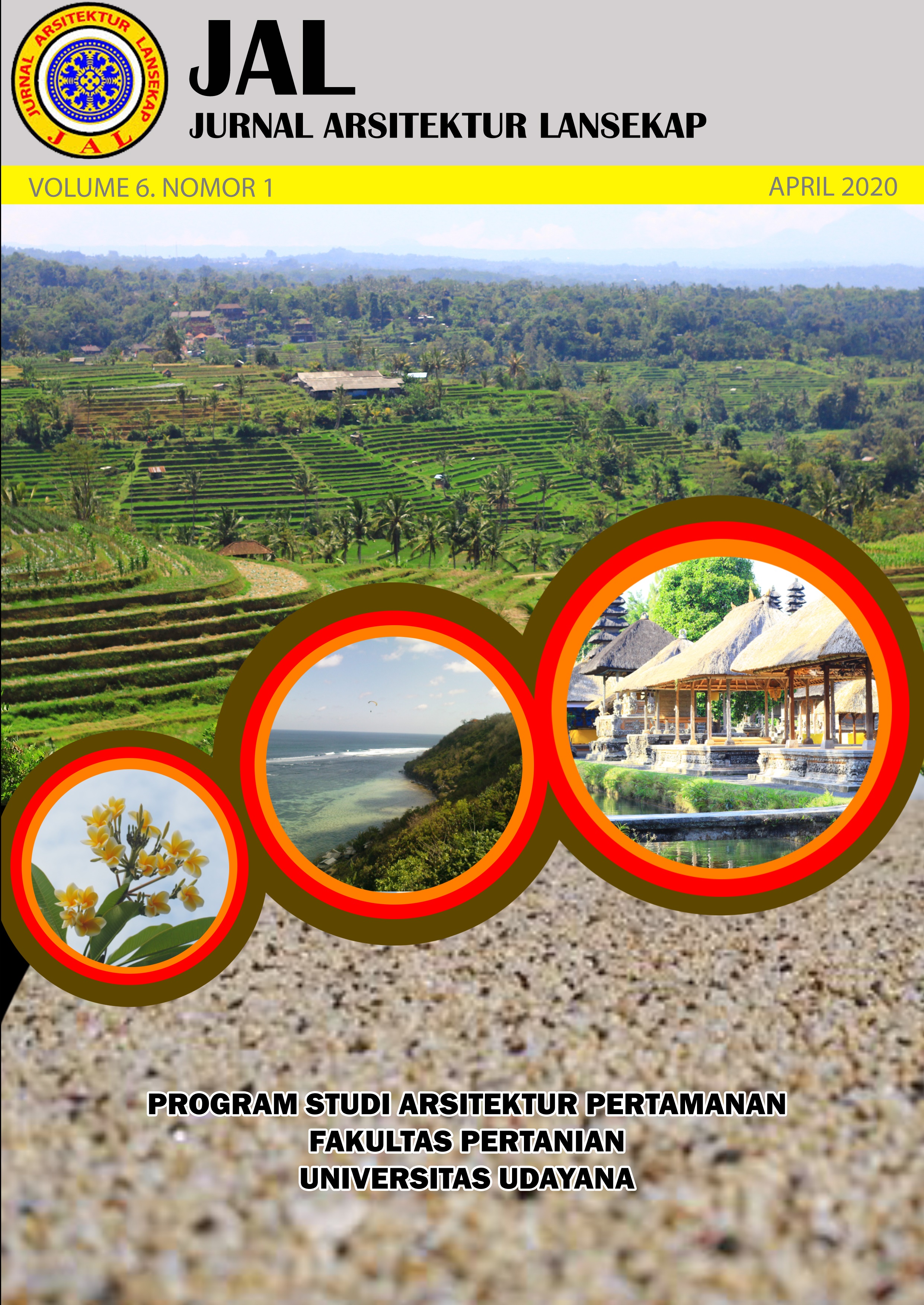Analisis fungsi ganda plaza pada atribut jamaah salat di Masjid Agung Jawa Tengah
Abstract
The Great Mosque of Central Java has an area called the plaza, namely Zone I, the Pillar area, and Zone II, the Payung Hidrolis Plaza Area. Preliminary observations by researchers showed that there was a suspicion related to the architectural settings of the plaza relating to the attributes of the congregation prayers, which were in the Great Mosque of Central Java. The method that will use in this research is the quantitative method using a descriptive approach. In this study, the independent variable is the perception of visitors in using the Central Java Grand Mosque plaza space with observational indicators of visitors' motivation, interests, and expectations. The dependent variable in this study is the hall attribute as a means of visitors to the main prayer room, which divided into two zones, namely: Zone I (alqonatir Pillar area) and Zone II (Hydro Payung Plaza Area). Field data collection was carried out on 300 respondents. Data collection was carried out for one week with division in 2 zones and two different times, namely afternoon and evening. Based on the results of research that has done that, there is a relationship between the function of the plaza of the Great Mosque of Central Java to the attributes of worshipers in Zone 1, Zone 2, Zone 1 and Zone 2.
Downloads
References
Heimsath, C. (1988). Arsitektur dari segi perilaku : menuju proses perancangan yang dapat dijelaskan. https://doi.org/10.1002/zaac.201300446
Julius Panero. (1979). Dimensi Manusia & Ruang Interior. https://doi.org/10.1002/zaac.201300446
Marcus, C. C., & Francis, C. (1997). People places: design guidelines for urban open space (2 edition; C. F. Clare Cooper Marcus, Ed.). California: John Wiley & Sons,.
Moughtin, C. (2003). Urban design : street and square. Oxford: Architectural Press.
Priyomarsono, N. W. (1999). Tinjauan Konsep Bangunan Jawa (Sebuah Kajian Literatur). Jurnal Kajian Teknologi, 1(1), 1–20. https://doi.org/10.1017/CBO9781107415324.004
Snyder, J. C., & Catanese, A. J. (1985). Pengantar Arsitektur. Jakarta: Erlangga.
Sugiyono. (2013). Metode Penelitian Pendidikan Pendekatan Kuantitaif, Kualitatif, dan R&D. In Metode Penelitian Pendidikan Pendekatan Kuantitaif, Kualitatif, dan R&D. https://doi.org/10.1007/s13398-0140173-7.2
Susanta, Gatut; Amin, Choirul; Kautsar, R. (2007). Membangun Masjid dan Mushola. https://doi.org/10.1002/zaac.201300446
Wijayanti, S. (2000). POLA SETING RUANG KOMUNAL INTERAKSI SOSIAL MAHASISWA Studi Kasus Jurusan Arsitektur Fakultas Teknik UNDIP (Universitas Diponegoro). Retrieved from http://eprints.undip.ac.id/11585/

This work is licensed under a Creative Commons Attribution-ShareAlike 4.0 International License.
An author who publishes in the Jurnal Arsitektur Lansekap (JAL) agrees to the following terms:
- Author retains the copyright and grants the journal the right of first publication of the work simultaneously licensed under the Creative Commons Attribution-ShareAlike 4.0 License that allows others to share the work with an acknowledgement of the work's authorship and initial publication in this journal
- Author is able to enter into separate, additional contractual arrangements for the non-exclusive distribution of the journal's published version of the work (e.g., post it to an institutional repository or publish it in a book) with the acknowledgement of its initial publication in this journal.
- Author is permitted and encouraged to post his/her work online (e.g., in institutional repositories or on their website) prior to and during the submission process, as it can lead to productive exchanges, as well as earlier and greater citation of the published work (See The Effect of Open Access).
Read more about the Creative Commons Attribution-ShareAlike 4.0 Licence here: https://creativecommons.org/licenses/by-sa/4.0/.







